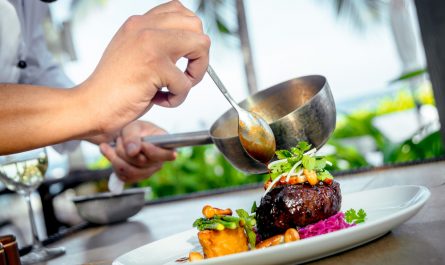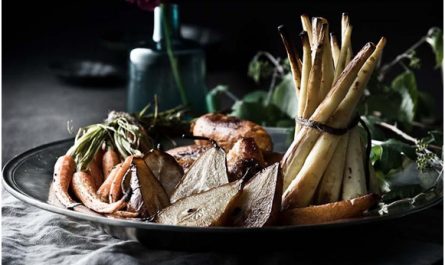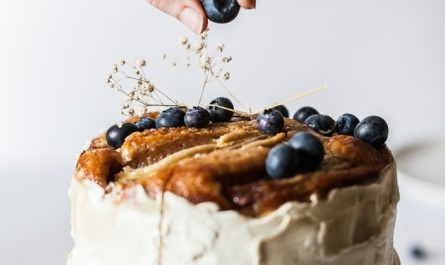Trust me; you will feel frustrated when your food photography does not produce the outcome you expected. Food is something that any human being cannot easily ignore, I believe. And the first sight of the food plays a significant role in producing, impacting the food, and imagining its taste. Great food deserves great food photography to make it look tastier and create a jaw-dropping moment for the viewers.
Whether you shoot for any online food delivery apps, restaurant menu cards, or decorative flex and taste of the food should be felt in your food photography.
We are humans and are open to making mistakes. But we will never want our mistakes to get turned into blunders.
So, to avoid any such mistakes while doing food photography, we must look into the following points where we will discuss few common mistakes and how to troubleshoot them.
1. Issue:
Sometimes you may not realize that the photo which you have taken is blurry. It is caused when your camera shakes or your hands shiver.
Troubleshooting includes:
- Hold your camera steady. Yaa, it is not that easy to hold a camera steady for a longer time; shoulder, wrists, and fingers would start responding, ha-ha. So, to avoid that let us look into some preventions.
- To avoid shaky images, use a tripod with a remote so that your camera is completely steady while shooting.
- Use a faster shutter speed. This will require widening your aperture and moving to a brighter location.
- To lower the quantity of light required, increase your ISO (this will reduce image quality, however).
2. Issue:
Sometimes the colours are not true to light, which can cause the food photograph to look either dull or lack originality.
Troubleshooting includes:
If your plate of food appears to be too blue, yellow, pink, or green while editing your images, utilize your software’s white balance controls to correct it! When the white balance is calibrated correctly, colours spring to life. You’ll have an easier time fixing colour balance afterward if you shoot in RAW format.
3. Issue:
Sometimes you will feel that your photograph lacks something, making it a little less than the professional food photographs. It may seem that your food photograph does not “pop” like professional food photographs.
Troubleshooting includes:
Food photographers with a lot of experience utilize lenses that allow them to focus on the photo’s subject by narrowing the depth of field. After that, they employ picture editing software to adjust their images’ contrast, levels, and sharpness. A few little tweaks can sometimes truly bring a shot to life.
4. Issue:
Incorrect Focus. Firstly, to draw the viewers’ attention, you need to define where you want your viewers to focus on laying. You need to know your focus point, whether you are shooting at a wide-angle or narrow aperture.
Troubleshooting includes:
Zoom on the point where you the focus to be laid and then manually focus. Ideally, shoot tethered can also be used in commercial shoots. Else the zoom option is a good alternative.
5. Issue:
Contaminated Tungsten can cause unwanted orangish highlights. It is really difficult to fix this mistake in the post-processing stages.
Troubleshooting includes:
To avoid that unwanted orange highlight, make sure you switch off all the lights except for those you are using for shooting. If there is a small little light, it also needs to be turned off if it reaches your food or setting.
6. Issue:
Using wrong props can act as a villain in food photography. Props can draw the attention of the viewers away from the food itself. Props that are odd means that do not match your food or story or are too bold can move the focus from the dish to that prop.
Troubleshooting includes:
- Try to use fewer props in food photography.
- Choose the props which would match the style of the entire setting.
- Try to avoid vibrant coloured props.
7. Issue:
Styling is okay, but over-styling? Anything in excess is not good. Over-styling can make the food photograph look staged.
Troubleshooting includes:
- Try to think of odds. It creates triangles, and triangles create beautiful compositions.
- Sprinkle some spices, floor, crumbs, sugar, or whatever in that delicious food you are shooting.
- Place the spoons, forks or knives differently, for example, diagonally rather than normally placing them parallelly.
- Try to research other food photographers’ blogs and tale ideas from them, but keep in mind you need to be unique, so do not copy others’ work.
8. Issue:
Do not get afraid of trying new things. You may have your favorite setting for your food photography which would go with almost all kinds of the shoot.
Suppose you fear experimenting with new light setups, a new variety of dishes, new perspective, new props, new styling, new compositions and so on. In that case, it ends up with similar photographs of several foods.
You may end up with photos that look the same.
Troubleshooting includes:
So, nothing hard troubleshooting for this. Just try out new things before it’s too late.



